You don’t need a massive marketing budget or a full-time design team to build a brand that customers remember. In fact, some of the most recognizable retail brands got their start by focusing on the fundamentals: how they made people feel, the experience they created in-store, and the way they showed up consistently, even in the smallest details.
If you’re a store owner, manager, or marketer trying to stretch your dollars while still making an impact, this post is for you. We’re breaking down simple, low-cost strategies that can dramatically improve how your brand is perceived. From the vibe in your store to the bag your customer carries out, every detail matters.
Because building a strong retail brand isn’t about spending more, it’s about being intentional with what you already have.
Focus on What Your Customers Feel, Not Just What They See
When most people think about branding, they picture logos, fonts, and colors. But the most successful retail brands understand something deeper: branding is about emotion. It’s not just how your store looks, it’s how it makes people feel.
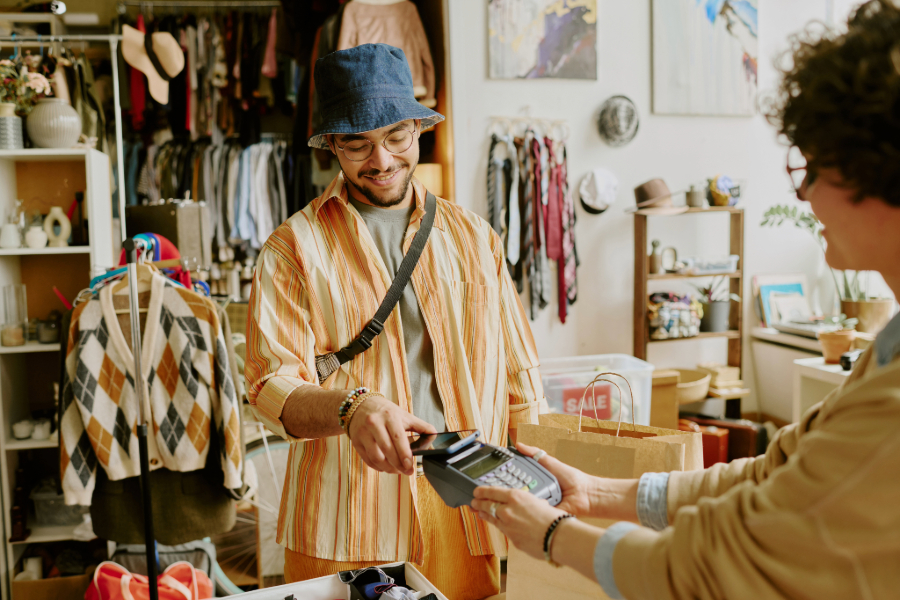
From the moment a customer walks through your doors, they’re forming opinions. Are they greeted warmly? Does the store feel inviting or intimidating? Is the environment clean and organized, or chaotic and confusing? These emotional cues leave a stronger impression than visual design alone.
To build a strong brand without overspending, focus on the experience you’re delivering. Here are a few impactful ways to shape how your customers feel, without making big changes to your space:
- Train your staff to engage intentionally. A simple “let us know if you need anything” goes a long way when said with warmth. Customers remember how they were treated more than anything they bought.
- Control the atmosphere. Music, lighting, and scent create mood instantly. Upbeat music energizes shoppers, while calm, ambient music can slow down browsing. Even a subtle signature scent can become part of your brand memory.
- Keep things effortless. Clear signage, organized displays, and a clean checkout area reduce friction and stress. People associate ease with quality, and that improves perceived value.
- Be present in the small moments. The way a product is wrapped, how a sale is explained, or how a return is handled—these moments often matter more than ad campaigns. They’re what people talk about when they leave your store.
Retailers who focus on emotional resonance win customer loyalty. You don’t need fancy fixtures or flashy tech to make someone feel valued. You just need to create a thoughtful, consistent atmosphere that reflects your brand’s personality.
Curate Your Store Experience Like a Lifestyle Brand
Great brands don’t just sell products. They sell a feeling, a lifestyle, a point of view. When someone walks into your store, they should immediately understand what your brand stands for, not because you told them, but because they can feel it in every detail.
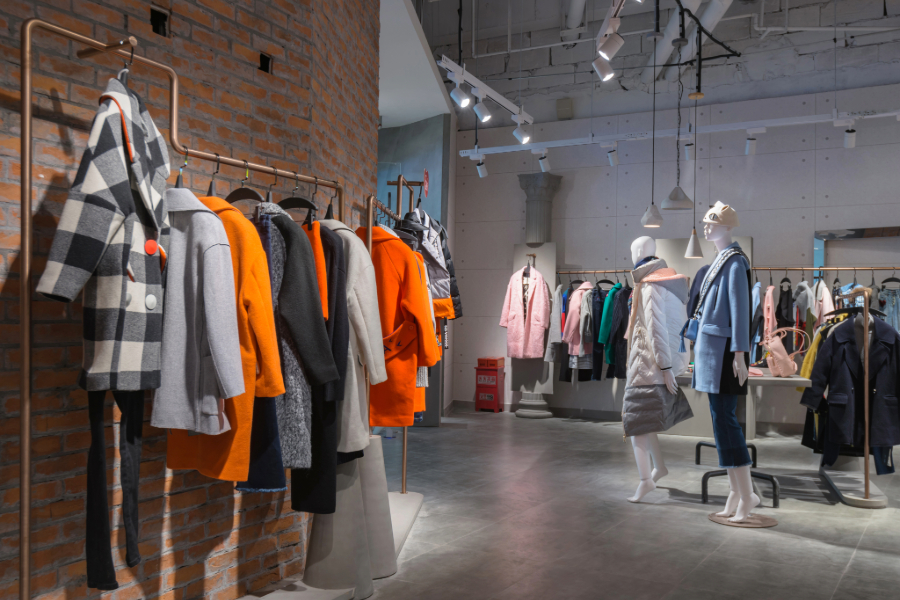
You don’t need to be a luxury label or high-end boutique to achieve this. Even small shops can create an immersive, lifestyle-inspired experience by being thoughtful with presentation, tone, and space. It’s about turning your store into a physical extension of your brand personality.
Here’s how to do it on a reasonable budget:
- Choose a consistent aesthetic. Whether your brand is earthy and rustic or minimal and modern, let that style guide everything from product displays to paint colors. Even your price tags and hangers can reinforce the look and feel.
- Use small, intentional design elements. You don’t need a full renovation to update your space. A simple color scheme, themed signage, or cohesive shelving can go a long way. Plants, textures, or accent lighting add personality without requiring a big spend.
- Tell a story with your displays. Merchandise in a way that reflects how your customer lives or wants to live. Show curated collections instead of just rows of items. For example, instead of a table of shirts, create a “weekend getaway” setup with outfits, accessories, and travel-friendly items together.
- Refresh often. Customers notice when your store feels updated. Swapping out signage, updating window displays, or adding seasonal elements can make the space feel fresh and relevant without changing your core design.
- Extend the vibe through your packaging. Once the in-store experience ends, your packaging continues the story. A matte black eurotote with soft rope handles sends a very different message than a plain plastic bag. Bags, boxes, tissue paper, and ribbon should feel like part of your brand’s world. They should enhance the experience, not just serve a functional purpose.
When you treat your store like a lifestyle brand, every customer interaction becomes an opportunity to reinforce what makes your business unique. This kind of consistency builds loyalty more effectively than frequent promotions or flash sales.
Use Social Media to Tell Your Story
If your retail store only uses social media to announce sales or new arrivals, you’re leaving a lot of potential on the table. Platforms like Instagram, Facebook, and even TikTok aren’t just marketing tools. They are storytelling platforms, and your story is what makes people care about your brand.
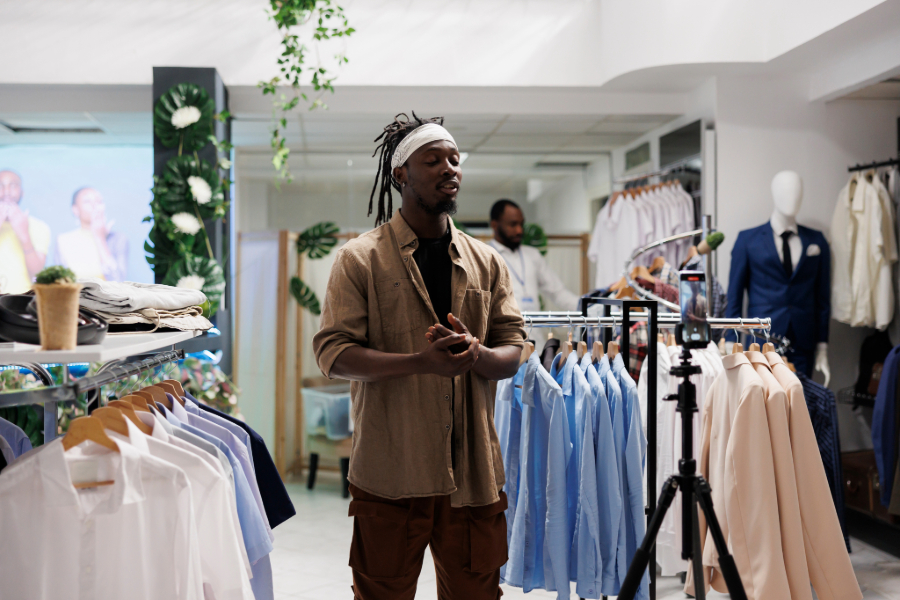
The most effective social media presence doesn’t just push products. It invites people into your world. It builds connection, trust, and loyalty by showing the personality behind the business. Best of all, it doesn’t require a big budget. All it takes is consistency and authenticity.
Here’s how to use social media to strengthen your brand:
- Show the people behind the business. Introduce your team, share behind-the-scenes photos, or highlight day-to-day moments that reflect your store’s values. People connect with people, not logos.
- Highlight your brand’s lifestyle. If you run a coastal gift shop, post photos of sunlit displays, local beach views, or products being used on vacation. If you’re a minimalist clothing store, focus on clean visuals, simple messaging, and curated styling tips. Make your content feel like a natural extension of your store.
- Encourage user-generated content. When customers post photos with your products or bags, that’s free word-of-mouth marketing. Repost those images with credit, and create a branded hashtag they can use to be featured.
- Use video to build connection. Short videos showing how you restock, style displays, or wrap purchases can be incredibly effective. It makes your store feel active and inviting, even when people aren’t there in person.
- Keep the vibe consistent. Your color palette, tone of voice, and content style should match your in-store experience. That way, when a customer visits in person, the transition from screen to store feels seamless.
And don’t forget, your packaging can also become part of your social content. Feature your custom bags in flat lays, unboxing reels, or customer shoutouts. A well-designed shopping bag can become a prop in lifestyle photos, helping you stay recognizable both online and offline.
Train Your Staff to Be Brand Ambassadors
No one interacts with your customers more than your staff, which makes them one of the most powerful tools in building your brand. Every greeting, product recommendation, and checkout conversation contributes to how customers perceive your store. That’s why it is so important to train your team to act as brand ambassadors, not just sales associates.
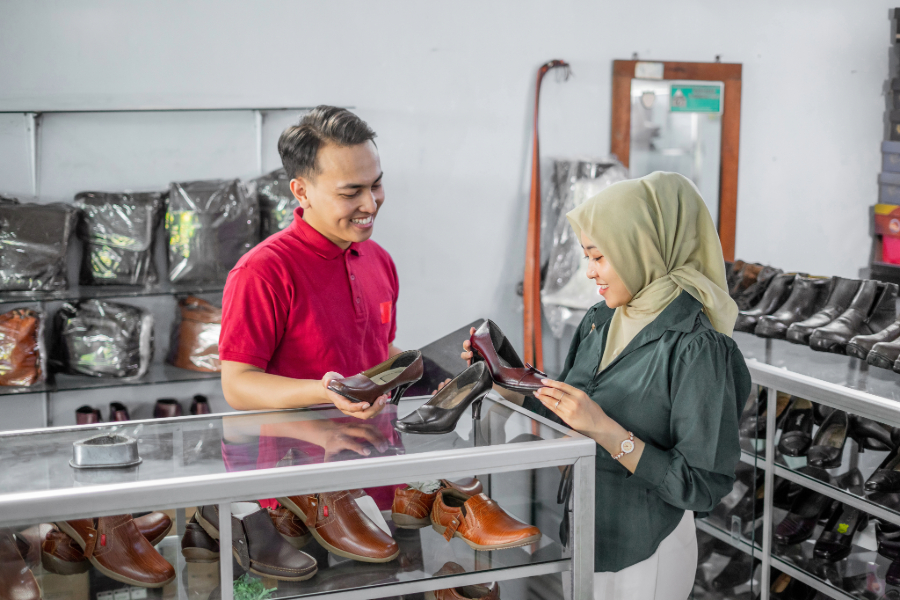
Your staff doesn’t need to memorize a script. What they need is a clear understanding of your brand’s personality, values, and tone. Once they feel confident in those elements, they can deliver consistent, memorable experiences that leave a lasting impression.
Here’s how to make that happen:
- Share your brand values. Make sure your team understands what your brand stands for. Whether it is sustainability, luxury, inclusivity, or local community support, those values should guide every customer interaction.
- Define your brand tone. Is your store polished and professional? Warm and casual? Fun and high-energy? Help your staff understand how to reflect that tone in their language and body language.
- Offer simple training moments. You don’t need a formal program to make an impact. A five-minute conversation during a morning meeting can reinforce the importance of how they greet customers, explain products, or handle issues.
- Lead by example. When managers and business owners model the right tone and behavior, the rest of the team tends to follow. Consistency from the top down reinforces the brand message at every level.
- Equip them with tools. Give your team branded materials such as business cards, store bags, or even conversation prompts for new arrivals. These small items help reinforce the customer experience and give staff confidence in how they represent your brand.
When your team understands that they are part of something bigger than just selling a product, they are more invested in creating meaningful customer experiences. A great product can win a sale, but a great interaction builds loyalty.
Elevate the Final Touch: Branded Packaging
The shopping experience doesn’t end at checkout. In fact, what happens as the customer leaves your store often shapes how they remember your brand. This is where packaging becomes more than just a necessity. It becomes part of the brand experience.
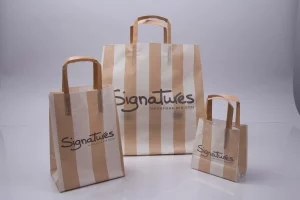


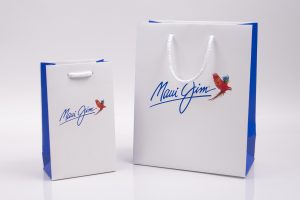
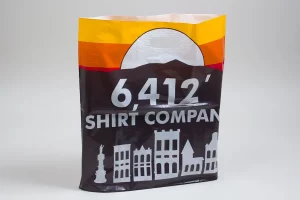
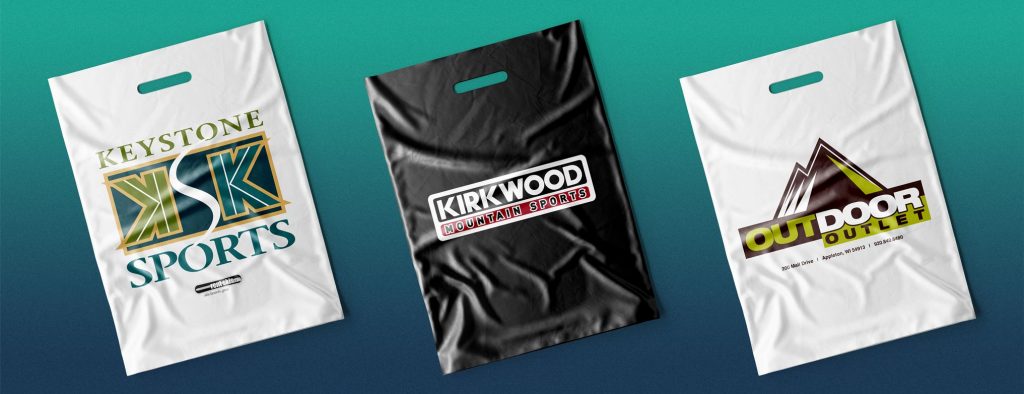
You’ve worked hard to curate a store that feels aligned with your identity. Your packaging should do the same. The bag a customer carries out, the tissue paper that protects their purchase, even the ribbon or sticker that seals it. These finishing touches all send a message.
Here’s how to make that message count, without overspending:
- Choose packaging that reflects your brand personality. A matte black eurotote with soft rope handles signals elegance. A recycled brown paper bag with bold, earthy printing speaks to sustainability and simplicity. Select styles and colors that feel like an extension of your store.
- Keep it cohesive. Packaging doesn’t have to be flashy to be effective. What matters most is consistency. If your store vibe is calm and minimal, your packaging should reflect that. If your brand is bold and playful, lean into color and creativity.
- Think of it as a marketing opportunity. When someone carries your branded bag through a mall, on a sidewalk, or into their office, they are increasing your visibility. A well-designed bag has the potential to spark conversation and spread awareness organically.
- Add thoughtful extras when possible. A simple sticker, branded tag, or thank-you card can elevate the packaging without adding much cost. These small touches feel personal and considered, and they encourage customers to associate your brand with care and quality.
Investing in packaging that feels aligned with your customer experience reinforces everything you’ve worked to build. It leaves your customers with a final impression that feels intentional, memorable, and reflective of your brand’s value, even after they’ve walked out the door.
Consistency Is More Powerful Than Cost
You don’t need the biggest budget to build a recognizable brand. What you need is consistency. When every element of your business, from how you greet customers to the bag they carry out, feels aligned, you build something much more powerful than a one-time sale. You build trust.

Customers notice when your brand feels intentional. They remember when your messaging matches your visual style, when your staff mirrors your values, and when your packaging reflects the in-store experience. These details, when repeated consistently, create a brand that feels dependable and polished.
Here’s how to apply this principle:
- Stick to your voice. Whether you’re writing social captions, signage, or emails, use a tone that feels true to your brand. Friendly, professional, cheeky, or minimalist. Whatever your voice may be, make it your own and keep it consistent.
- Keep your visuals aligned. Use the same logo variations, colors, and fonts across your website, social media, in-store signage, and packaging. Even if your designs are simple, consistency makes your brand feel established and reliable.
- Commit to the experience. Don’t just focus on first impressions. Think about how customers interact with your brand at every stage, from browsing to purchase to follow-up. The more unified the experience, the more likely customers are to come back.
When you build consistency into your brand, you reinforce your identity in the minds of your customers. Over time, that is what drives loyalty. It’s not about how much you spend. It’s about how well you align the pieces.
Final Thoughts
You don’t need a massive budget to build a memorable brand. What matters most is the care you put into the details, including how your store feels, how your team interacts with customers, how you show up online, and even the bag your customer walks out with.
When you focus on creating a consistent, thoughtful experience from start to finish, your brand becomes more than just a place to shop. It becomes something people connect with, remember, and come back to.
Start with what you already have. Refine it. Align it. Let every piece, no matter how small, work together to tell your story.
